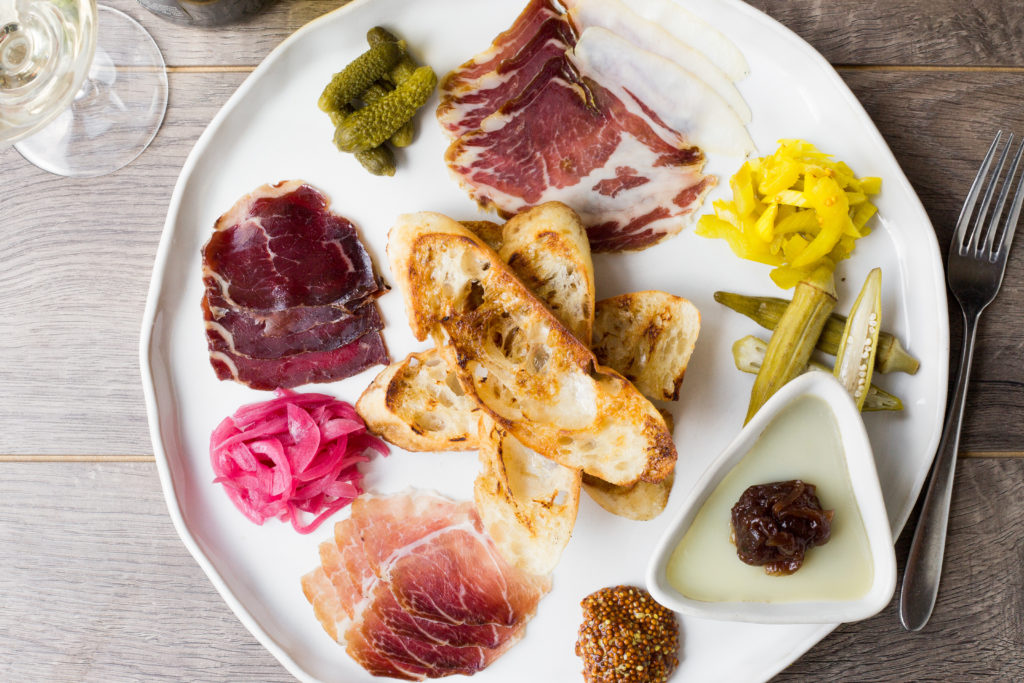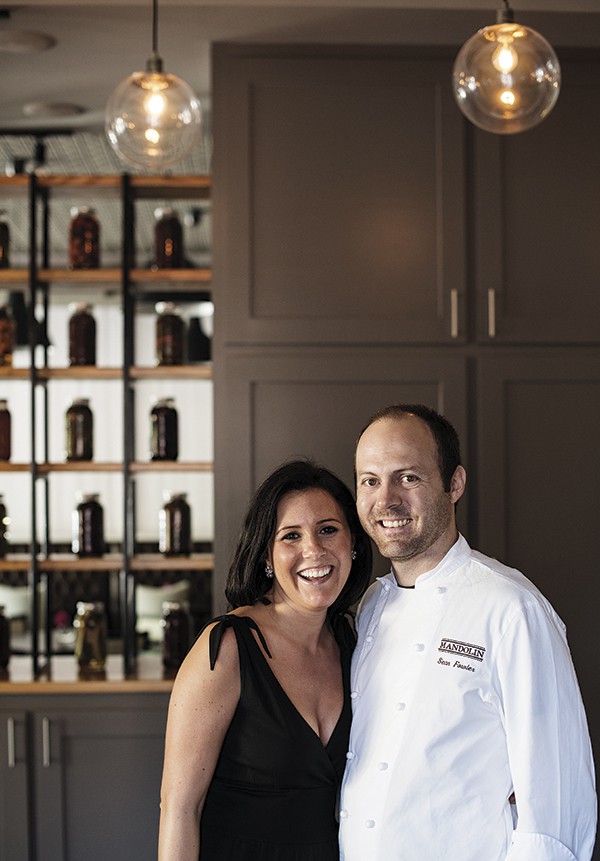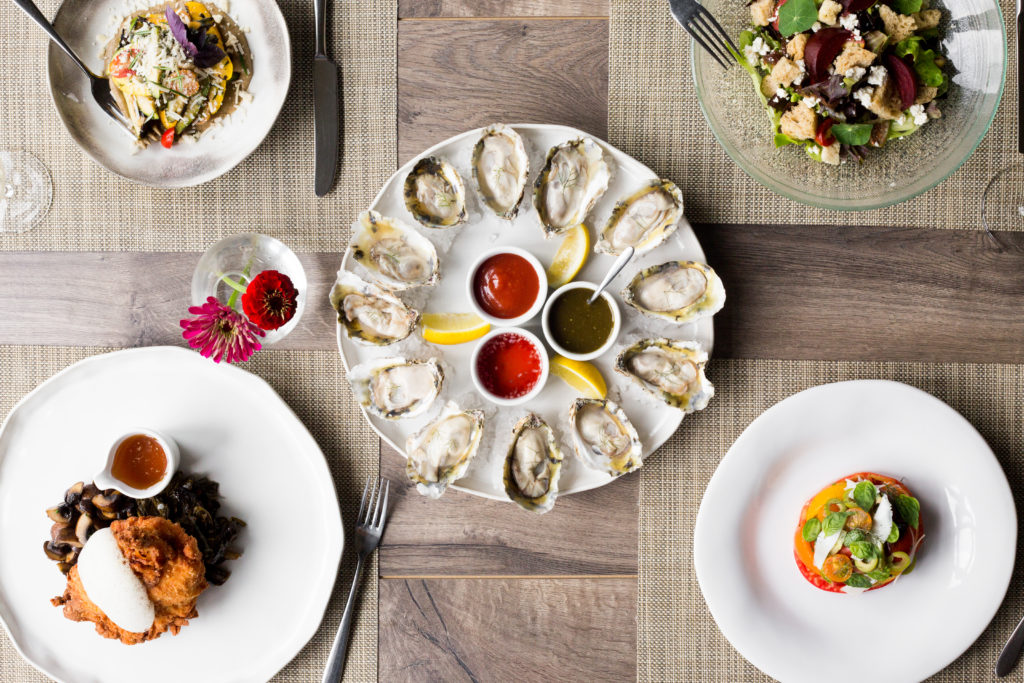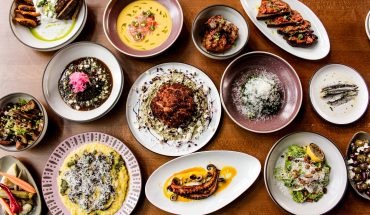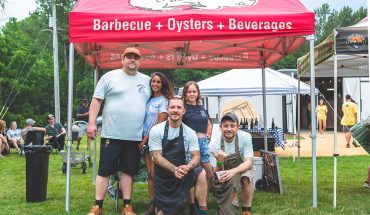We caught up with the owner of this Hayes Barton restaurant to chat its early days and how he’s celebrating the milestone.
As told to Addie Ladner
Ten years ago, Chef Sean Fowler opened his restaurant in Five Points, Mandolin. It blends his professional culinary training in places like New York City with his love of North Carolina’s agricultural offerings. Much has changed for both Fowler and Mandolin since its inception: he and his wife Lizzie have grown their family by three children and added Mandolin Farm to the mix. But at its core, Mandolin restaurant remains the same: an homage to Southern classics, with Fowler’s refined touch.
Congratulations on 10 years of Mandolin! How does it feel?
It’s a huge accomplishment, there’s a short list of restaurants in Raleigh that have made it this long. I feel very fortunate. The really talented members of our staff get credit for its success, and of course my wife, too. And the neighborhood that we’re in, the Five Points community, embraced us. We’ve grown into an established restaurant thanks to them.
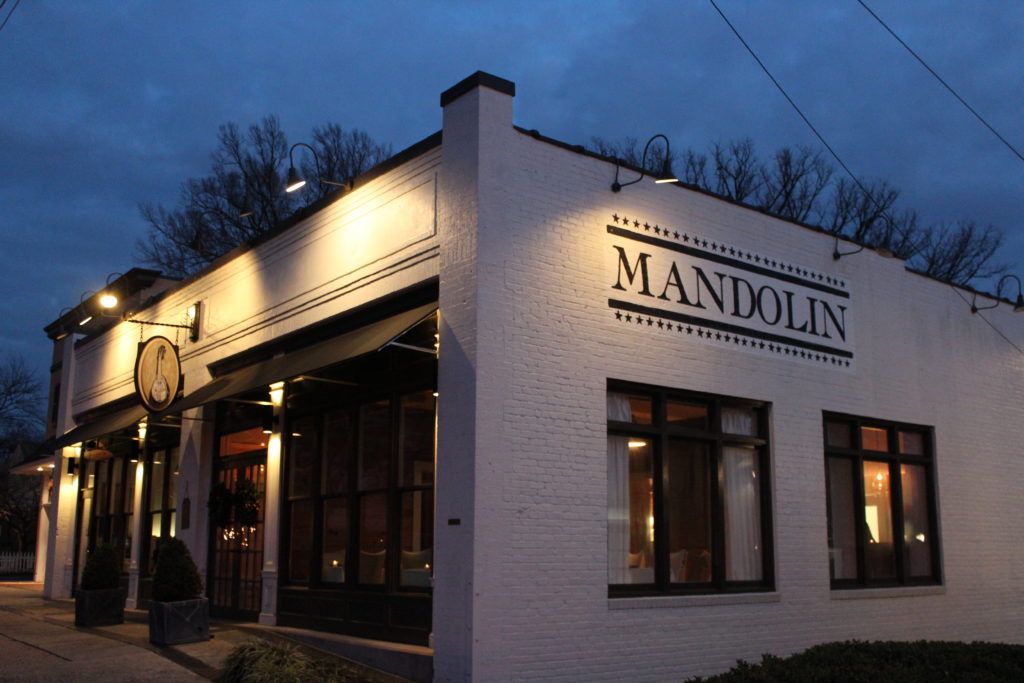
How are you all going to celebrate?
Several ways! We’re hosting an anniversary wine dinner on the 14th. We’re also celebrating all month long through our menu offerings. Our menu is changing constantly, depending on availability and my whim. We’ve gone back in time and looked at what we’re calling our “Greatest Hits,” the dishes that folks would love to see come back. Those will be making surprise appearances on our fall menu this month.
What are some of these greatest hits?
Things like Oysters Mandolin, Brunswick Stew with Confit Duck and Cornbread, Sweet Potato-Ginger Soup with Pecans and Crème Fraiche, Beef Tartare, Border Springs Lamb Bolognese, Pumpkin Ice Cream and Root Beer Float, and much more.
How do you approach those classic Southern dishes, like Brunswick stew, that people are very passionate about — as in, “No one makes it better than their grandmother!”?
I’d say I’m not going for better, but just as good. Understandably, these dishes can be polarizing. I try to refine and elevate them. Our Brunswick stew is good and hearty. It marks the end of summer with the beginning of fall. It’s got lots of ingredients with the last of the field peas, a confit duck leg on top, with house-made cornbread. We frequently get, ”I thought my grandmother’s cornbread was good, but this holds up.” That’s what I like to hear.
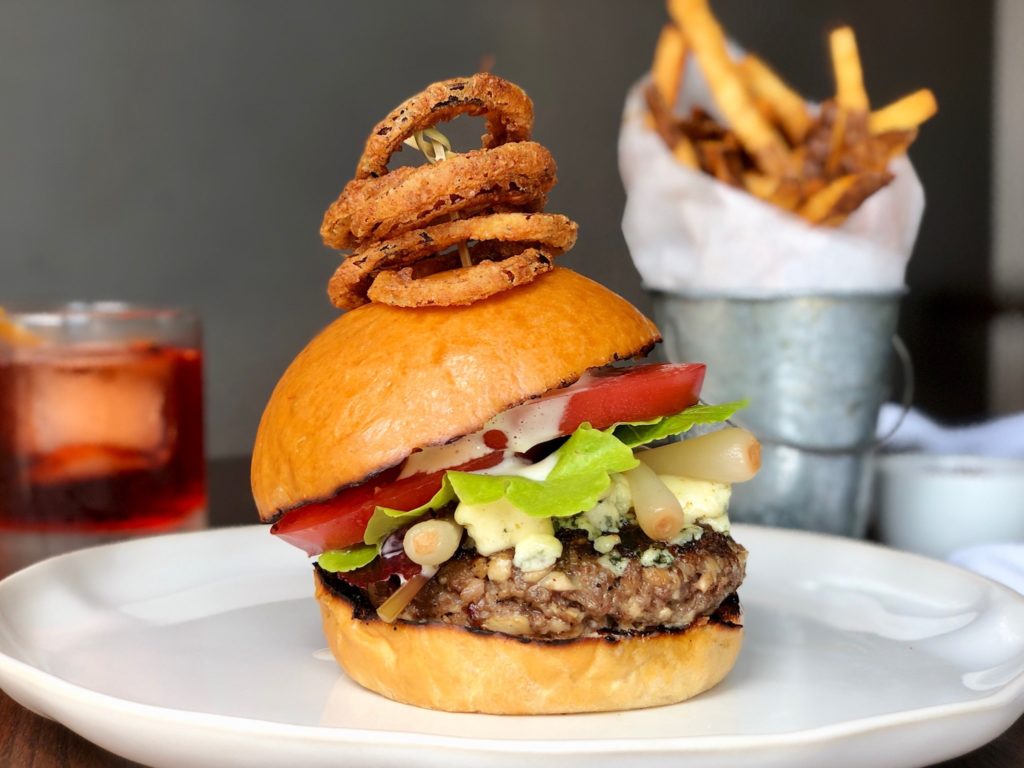
What do you remember from when you first opened the restaurant?
Gosh, I was pretty naive, pie-eyed, and aspirational when we first opened. I had a lot of grand ideas in the first year. Some of them played out, some I had to come back to earth and reassess or in some cases shake things up a bit.
Like what?
For example, people kept saying, ”you need a bar menu and a burger!” My wife would find the customers requesting that and have them nudge me. I was like, hey I have to listen to the people that are paying the bills. So we added a really good burger and a bar menu, and it was an overwhelming success. I remember Greg Cox’s glowing 4.5 star review. The title mentioned something about the price, it being worth every penny. Obviously I liked the press and am still so grateful for that review, but it wasn’t something I wanted to be known for. It made me realized I needed to make things a little more approachable.
You’ve been a true farm-to-table operation from the beginning. Tell us about some of the farmers and food purveyors you’ve formed relationships with.
That’s still incredibly important to me, but a lot has chained with the supply chain and availability when we first opened. In the beginning, I’d buy directly from farmers, now bigger food distribution companies have started working more closely with local suppliers, so stuff has gotten easier. The downside is that you get less face time with the people who are your items. When we first opened, I went to multiple farmers markets each week, Cat and Dave from Prodigal Farm cheeses in Bahama, for example, we have a great relationship with them and used to see them often. We still use a lot of their cheese on our cheese plate, but now we don’t see these suppliers as much. But it’s become easier on both sides.
A few years in, you broke ground on Mandolin Farm. How much of that now supplements the restaurant?
It depends. Well over half of the herbs we use come from the farm. Our brunch egg dishes are all our eggs, specialty and seasonal things like sunchokes this time of year come from us. I am happy to get big boxes of things like sweet potatoes at the farmers market. In summer, we source a pretty significant amount of produce from the farm. Our guests can always taste the difference when they try things like our tomatoes or eggs or herbs. It’s a wonderful asset for the restaurant, but it’s super special for my kids to have, too.
Mandolin today versus 10 years ago?
When we first opened, we had white table cloth and the hosts were dressed nicer. We needed to adjust our image a little. People thought were a special occasion restaurant and we were aiming for a neighborhood restaurant. We wanted regulars — people to come for brunch after church, on a weeknight with friends, we wanted people to come in a grab a small bite and not necessarily be out 100 bucks. Now we’ve evolved into a place that has something to offer everyone.
